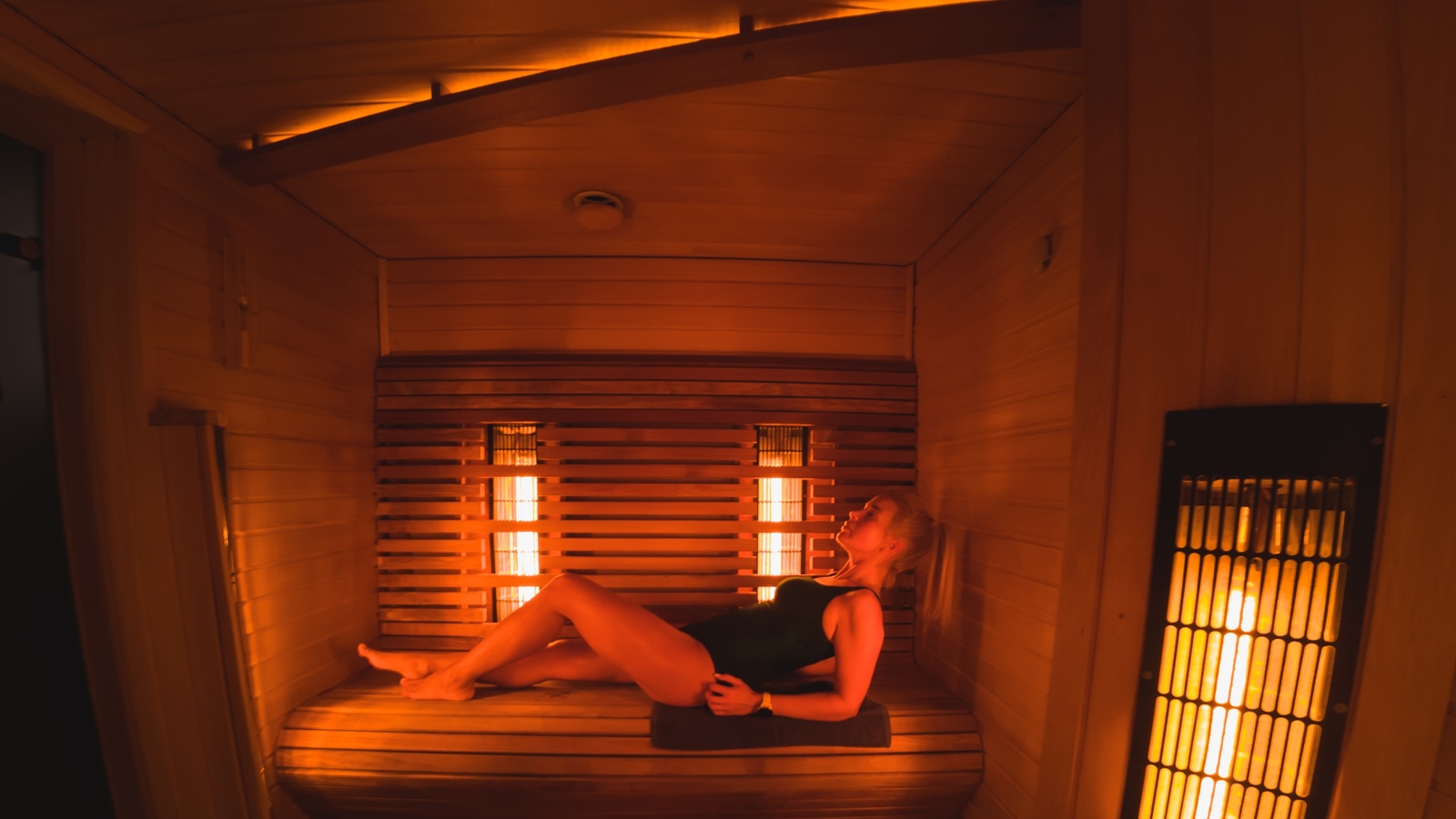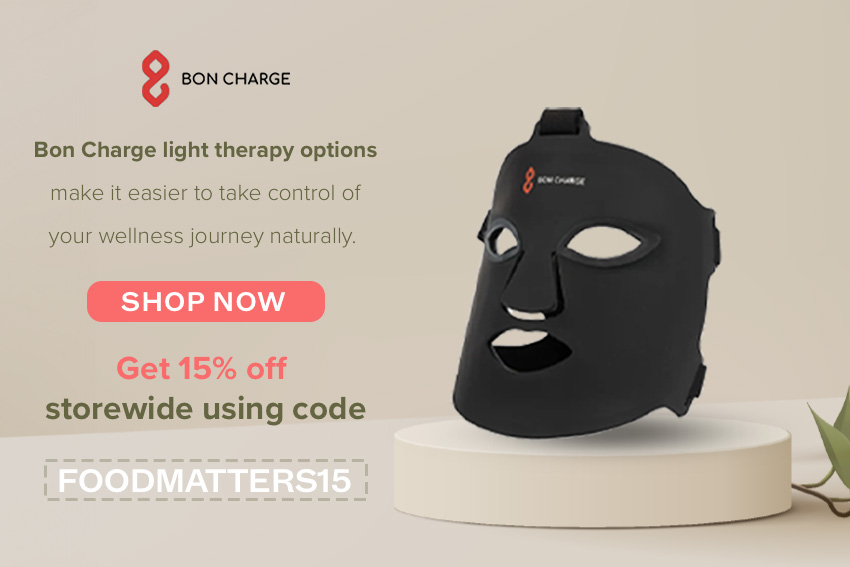The Health Benefits of Light Therapy: Sleep, Weight Loss, Hormone Balance & More

 1. Improved Sleep Quality and Circadian Rhythm Balance
1. Improved Sleep Quality and Circadian Rhythm Balance
Our bodies are biologically designed to respond to natural light, which regulates our circadian rhythm, the 24-hour cycle that controls sleep-wake patterns. Exposure to bright light, especially early in the day, can help reset our internal clock, making it easier to fall asleep at night and wake up refreshed in the morning. Bright light therapy and morning sunlight exposure can also increase the production of serotonin, a hormone that supports mood and is later converted to melatonin, essential for sleep onset and quality.
Best Practices: Aim to spend 10-15 minutes in natural morning sunlight each day or consider bright light therapy if morning sunlight is limited. Avoid blue light from screens close to bedtime, as it can interfere with melatonin production and disrupt sleep.
2. Weight Loss Support and Metabolism
Light exposure, particularly infrared and red light, has shown promise in supporting weight loss and metabolic function. Infrared light can increase blood circulation and stimulate mitochondrial activity, which boosts cellular energy production and may help the body burn calories more efficiently. Research also suggests that exposure to morning light can reduce body fat levels and regulate appetite.
Best Practices: Try red or infrared light therapy, especially if you’re targeting metabolic health. Getting early morning sunlight exposure is also beneficial, as studies show it may have a positive effect on body composition and appetite control.
3. Cortisol Regulation and Hormone Balance
Our cortisol levels, a key hormone related to stress, are influenced by light exposure. Morning exposure to bright light can help normalize cortisol levels, providing energy and reducing overall stress. Consistent light exposure in the morning supports the natural rise and fall of cortisol levels, helping to keep the body in a more balanced state. Furthermore, light therapy’s ability to support better sleep has a positive impact on the regulation of other hormones, including those related to appetite and mood.
Best Practices: Start your day with natural sunlight exposure or bright light therapy to align cortisol with your natural rhythms. Limit evening exposure to bright or blue light to support a gentle reduction in cortisol levels at night, promoting relaxation.
4. Enhanced Collagen Production and Skin Health
Red light therapy is particularly effective for skin health, as it stimulates collagen production, which can reduce wrinkles, fine lines, and signs of aging. Red light wavelengths penetrate the skin to encourage cellular activity and regeneration, improving skin tone and elasticity over time. By boosting collagen, red light therapy helps skin stay firm, smooth, and more resilient to environmental stressors.
Best Practices: For collagen production, aim for 10-20 minutes of red light therapy on the face or targeted areas a few times per week. Consistency is key for visible results in skin texture and appearance.
5. Pain Relief and Reduction in Inflammation
Both red and infrared light therapies are well-documented for their anti-inflammatory properties and pain-relieving effects. These light therapies penetrate into muscles, tendons, and even bones to stimulate healing and reduce inflammation. They are effective for addressing chronic pain conditions, such as arthritis and joint pain, and for accelerating recovery after workouts or injuries.
Best Practices: Try red or infrared light therapy on areas of pain or inflammation for 10–20 minutes. Regular sessions can help improve mobility, reduce soreness, and speed up tissue healing.
6. Immune System Boost
Light therapy, especially through infrared wavelengths, can positively impact the immune system. The therapy’s ability to increase circulation and reduce inflammation creates an optimal environment for immune cells to function efficiently. Studies have shown that red and infrared light exposure can stimulate cellular repair and strengthen immune defenses, aiding in resilience against infections.
Best Practices: Use infrared light therapy for 15-20 minutes a few times a week. Infrared saunas, which combine heat and light therapy, are also an excellent way to support immune health.
7. Blood Sugar Regulation: Blue Light and Eating Habits
Interestingly, light therapy’s effect on metabolism extends to blood sugar regulation as well. Emerging research has shown that eating under blue light—common with screen exposure during meals—can elevate blood sugar levels. Blue light exposure during meals may interfere with the body’s natural glucose regulation processes, leading to post-meal blood sugar spikes.
Best Practices: Avoid screen time during meals or reduce exposure to blue light to help stabilize blood sugar levels. Consider using blue light-blocking filters if eating under artificial light is unavoidable.
Light therapy offers a powerful, non-invasive way to support various aspects of health. Whether it’s enhancing sleep, balancing hormones, supporting weight loss, boosting collagen production, or reducing inflammation, different types of light therapy provide targeted benefits that align with many wellness goals. By incorporating light exposure into your routine mindfully, you can leverage its benefits and support your body’s natural processes.
When used appropriately, light therapy serves as a safe, effective tool to enhance overall well-being—giving you the power to brighten your health journey naturally. Check out our favorite light therapy tools from the team at Bon Charge HERE. Use the discount code FOODMATTERS15 for 15% off sitewide.










